Keyboard Menu Key
What is the Menu Key
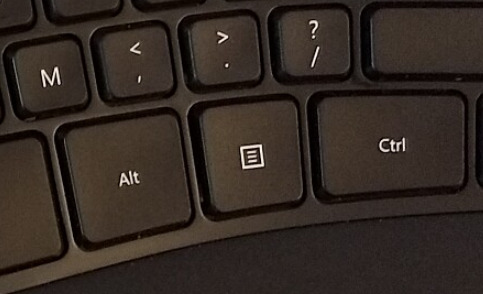
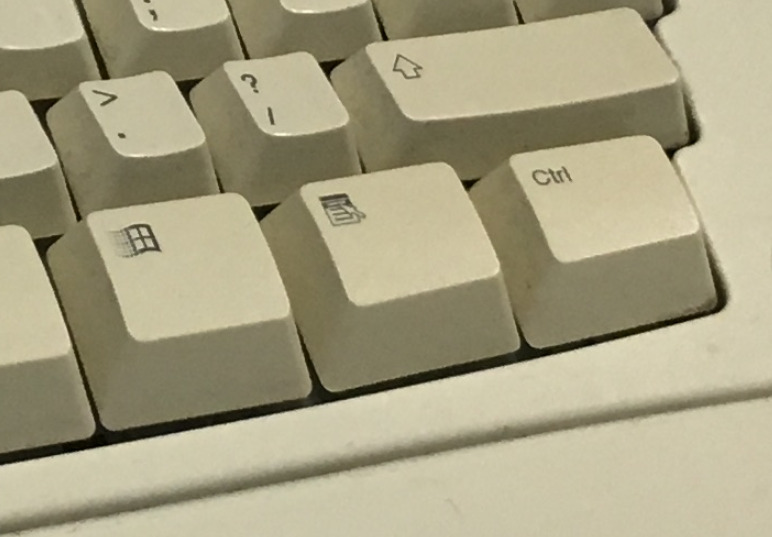
History of Menu Key
The ▤ Menu key is invented by Microsoft. It first appeared on the Microsoft Natural Keyboard in 1994. Typically, it is only on the right side besides Control key.
Purpose of Menu Key
The ▤ Menu key, also known as Apps key, is meant to be a application-specific context menu key.
In folder viewer (File Explorer), after you selected a item, you can press ▤ Menu r to rename, ▤ Menu d to delete, ▤ Menu p to show info/properties, etc.
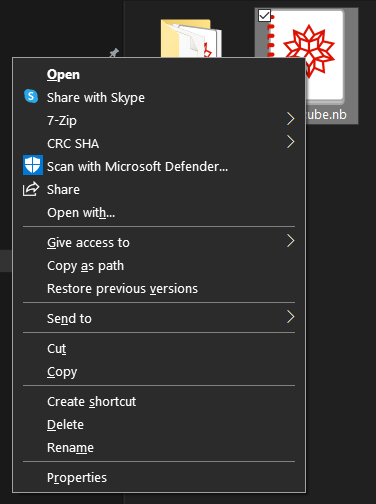
In web browsers, after you made a text selection, press ▤ Menu c to copy, and ▤ Menu p to paste. Also works in terminal and most other apps.
Menu Key Alternative: Shift+F10
Pressing Shift+F10 is the same as menu key in most applications.
Difference Between Menu Key vs Mouse Right Button
The ▤ Menu key's function is similar to mouse's right button.
Note: press the ▤ Menu key is not equivalent to pressing the right mouse button. For example, in a browser, pressing right mouse button on a link pops up a context menu for that link. But press ▤ Menu doesn't show the same context menu. You need first to put focus on the link (by pressing Tab), then press ▤ Menu.
Menu Key Use in Emacs
Menu Key Evolution, Menu Key Disappearing
The menu key started to disappear on keyboards around 2010s. For example, Logitech Non-Gaming Keyboards don't have them, Chromebook Keyboard doesn't have them, and many laptop don't have them. Even half of Microsoft Keyboards ⌨, don't have them, especially those for mobile phone or portable computers.
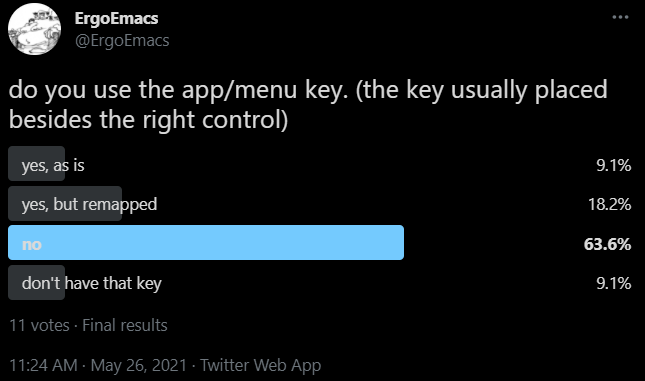
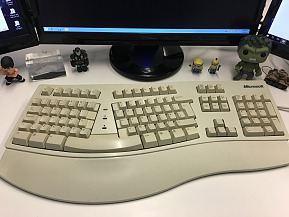 Microsoft Natural Keyboard (1994)
Microsoft Natural Keyboard (1994)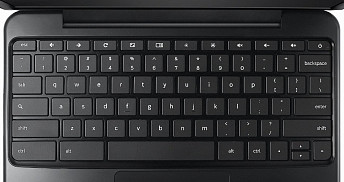 Chromebook Keyboard
Chromebook Keyboard